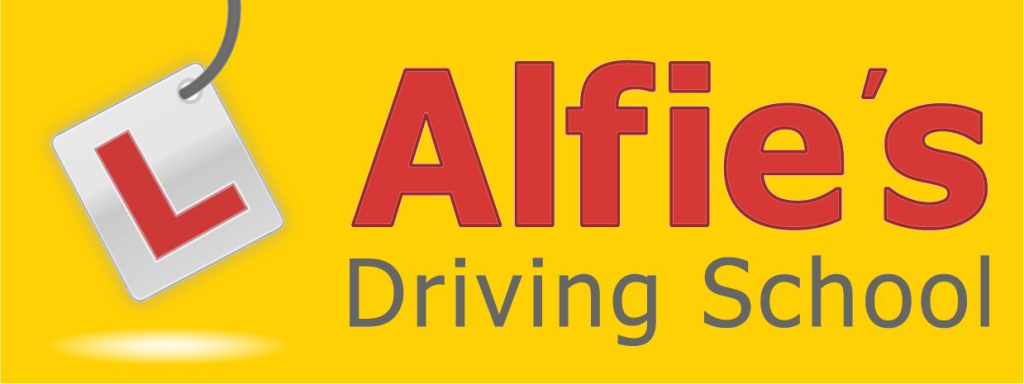In the United Kingdom, driving tests are required in order to obtain a driver’s license and legally operate a motor vehicle on public roads. The driving test is administered by the Driver and Vehicle Standards Agency (DVSA), which is an agency of the Department for Transport.
There are two parts to the driving test: the theory test and the practical test. The theory test consists of a multiple-choice section and a hazard perception section. The multiple-choice section consists of 50 questions, and the hazard perception section consists of 14 video clips in which the test taker must identify developing hazards. In order to pass the theory test, a test taker must score at least 43 out of 50 on the multiple-choice section and at least 44 out of 75 on the hazard perception section.
The practical test, also known as the “road test,” is a hands-on assessment of a test taker’s driving skills. The test is conducted on public roads and lasts approximately 40 minutes. The test includes an “eyesight test,” during which the test taker must read a number plate from a distance of 20 meters (about 65 feet). The test also includes a “vehicle safety question,” during which the test taker must demonstrate knowledge of basic vehicle maintenance, such as checking the oil level and tire pressure.
During the practical test, the test taker will be required to perform a number of manoeuvres, including:
- An “emergency stop,” in which the test taker must demonstrate the ability to stop the vehicle safely and quickly in response to a signal from the examiner.
- A “turn in the road,” in which the test taker must turn the vehicle around in a confined space, such as a cul-de-sac.
- A “reverse around a corner,” in which the test taker must reverse the vehicle around a corner and then drive forward.
- A “parallel park,” in which the test taker must park the vehicle alongside other parked cars.
In addition to these manoeuvres, the test taker will also be required to drive independently for a portion of the test, following a route determined by the examiner. The test taker will be expected to demonstrate safe driving skills, including the ability to:
- Follow traffic signs and signals.
- Use appropriate speed and position on the road.
- Use appropriate observation and anticipation skills.
- Make appropriate use of mirrors and signals.
To pass the practical test, a test taker must commit no more than 15 driving faults and no serious or dangerous faults. Driving faults are minor errors that do not pose a serious risk to safety, while serious faults are more significant errors that could potentially lead to a collision. Dangerous faults are the most serious errors, and they involve a clear risk of collision. If a test taker commits one or more dangerous faults, the test will be terminated immediately and the test taker will fail.
After a test taker has passed both the theory test and the practical test, they will be issued a provisional license, which allows them to drive on public roads under certain conditions. These conditions typically include the requirement to display “L” plates (also known as “learner plates”) on the front and rear of the vehicle, and to be accompanied by a qualified driver who is at least 21 years old and has held a full license for at least three years.
Once a test taker has held a provisional license for at least six months and has completed a minimum of 12 hours of professional driving instruction, they may apply to take the “advanced driving test.” This test is optional, and it is designed to assess a test taker’s ability to drive safely and effectively in a variety of driving situations.



